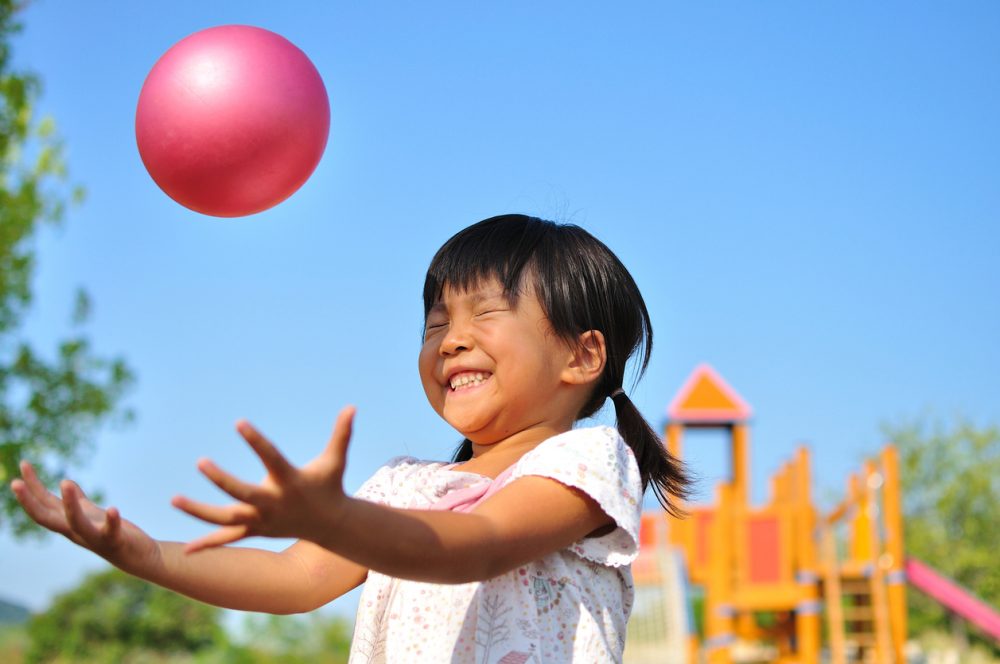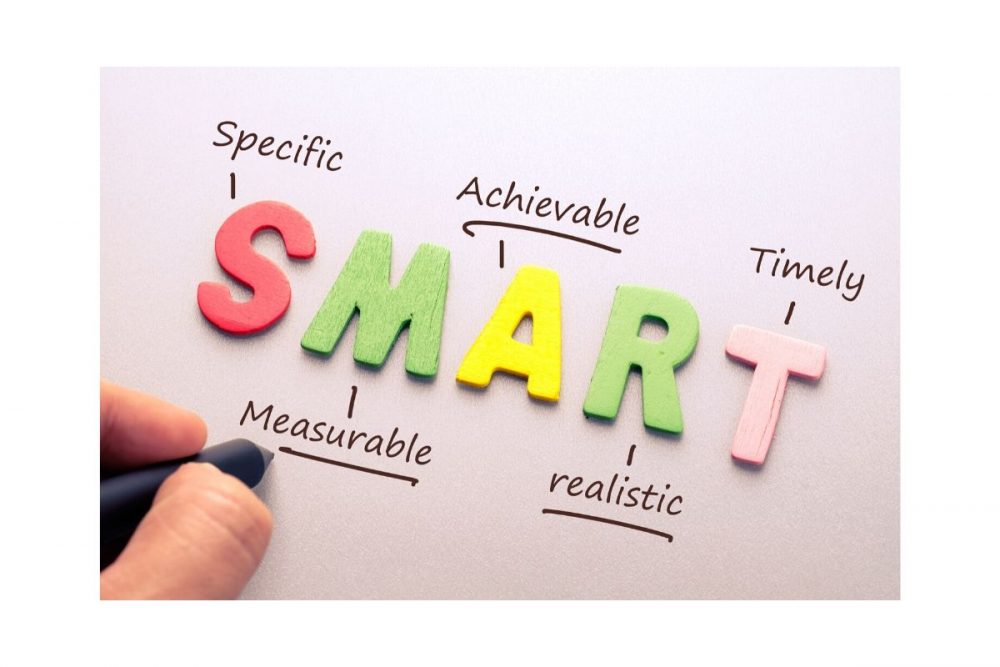Being able to catch a ball is a basic gross motor skill that can have a big influence on your child’s future motivation and ability to participate in sports with their friends and for fitness.
For your child to successfully catch a ball is a reasonably complex activity for a little person. To catch a ball your child must:
- Follow a moving ball with their eyes
- Anticipate the path of the ball based on the direction it is moving
- Move their body into position to be able to catch the ball (eg: left, right, forward or backward)
- Move their arms and hands into position to be able to catch the ball (eg: fingers up if the ball is high, or fingers down if the ball is low)
- Anticipate the timing of when to catch the ball based on the speed it is moving
That’s a whole lot of things happening in a relatively short time frame!
Here are some activities you can practice with your child to help them build the skills required for catching, so that eventually – through lots of fun practice – they can catch a ball and play with their friends:
- Rolling a ball back and forth. This is a fun game to help your child learn to follow a ball with their eyes, and anticipate the timing of when to stop it. If your child sits with their legs out wide like a ‘V’, their legs will prevent the ball from rolling too far outside of their reach.
- Practice catching from a very short distance. Stand quite close to your child, encourage them to hold their hands out, and throw the ball a very short distance directly into their arms so they can catch it. Make sure your prompt your child to “watch the ball” so that they continue to follow with their eyes (instead of closing their eyes or turning their head away when you throw)
- Use a balloon to practice catching instead of a ball. Balloons are lighter and travel more slowly, so practicing catching with a balloon will give your child more time to process the visual information of the balloon travelling towards them. Balloons can also be good if your child is frightened of being hit by a ball – balloons definitely don’t hurt when they land on you!
- Start with a larger ball. Larger balls are easier to catch because your child’s hand position does not need to be so precise as what is needed with a smaller ball. Try a big blow up beach ball for some safe catching practice. As your child gets better you can progress to smaller balls.
- Start with a softer ball. Softer balls are also easier to catch because your child’s hand position does not need to be so precise, it won’t bounce out of their hands as much as a more firm ball, and your child will also be able to use their fingers to grip or grasp the ball if they need to. Progress to more firm or hard balls as your child improves.
- Catching in a bucket or cone. A bucket, or a cone (or ‘witches hat’ if you live in Australia) turned upside down, can help your child to practice catching without needing to coordinate the closure of their hands. Your child can also practice the hand eye coordination of catching in the cone with either both hands, or as they get older with just one hand.
- Throw ball up and catch. Throwing up and catching means your child can control the size of the thrown and anticipate that the ball will land straight back down in their hands. Start by encouraging your child to throw the ball up just a little and catching the ball, and then gradually increase the size of their throw.
- Drop and catch or bounce and catch. Start by getting your child to drop a ball in two hands from waist height, and practice catching it after it bounces. Your child can then progress to a one handed drop and catch, and then bouncing and catching with a partner.
- Try a ‘Grip Ball’. Do you remember the game with a round Velcro grip paddle and a tennis ball? This is a great game to use when learning to catch with one hand, because your child just needs to get their hand in the right position, but does not have to get the timing of closing their hand right.
- Be creative in what you throw and catch. You can practice catching using bean bags, scarfs, balloons, small soft toys, rolled up socks, balls of wool, small balls, large balls, soft balls, hard balls. Lots of variety in the things your child practices catching will help them to refine their catching skills and enable them to adapt their skills to all sorts of different activities in the future?
You may also like to read:









